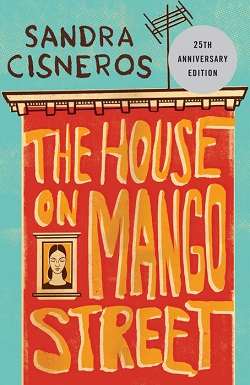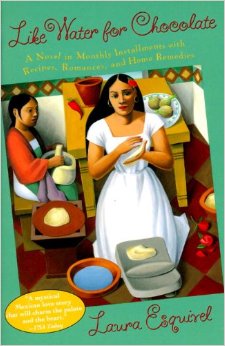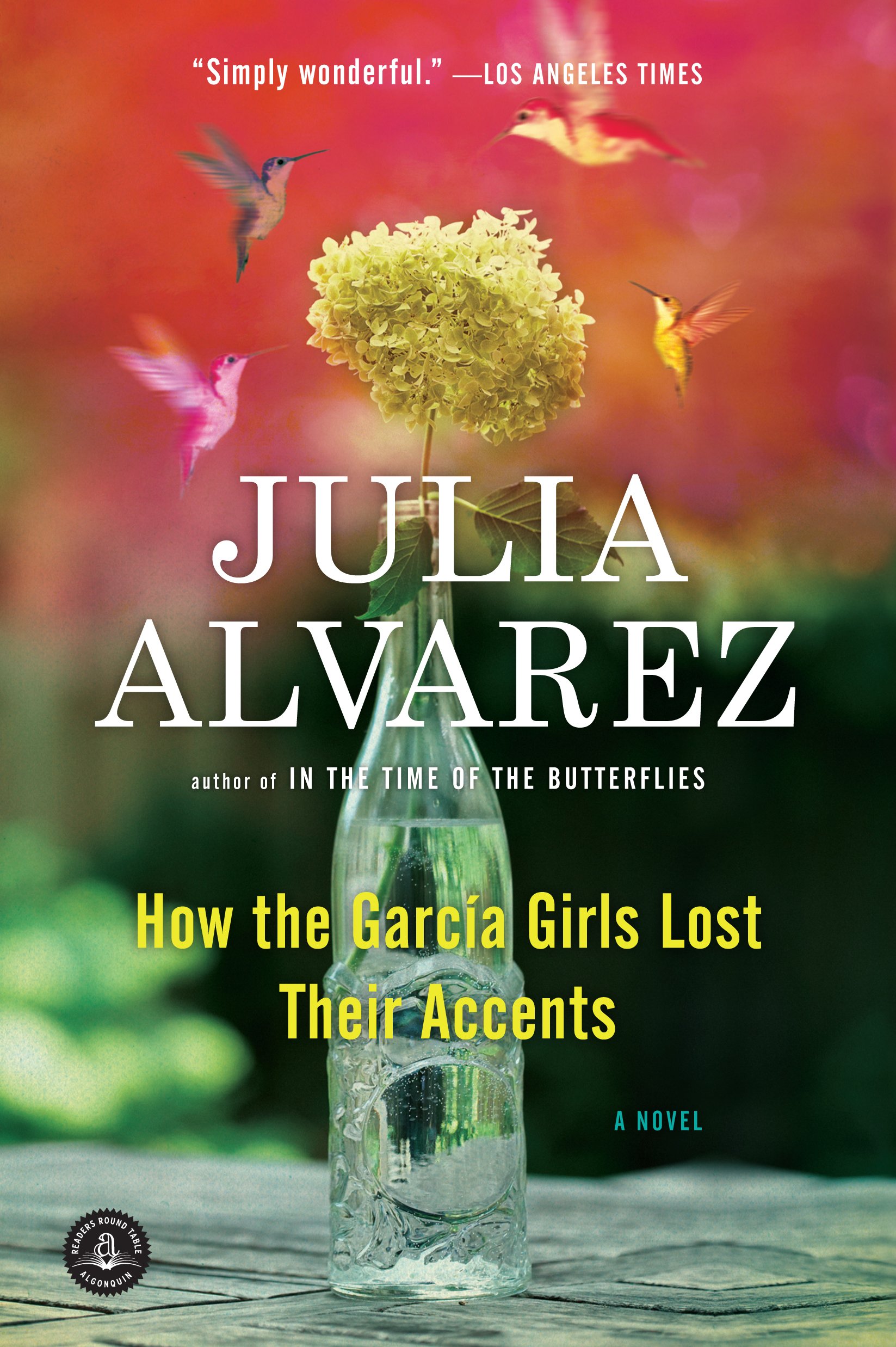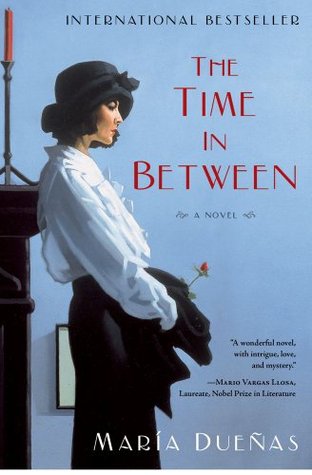These 7 beautiful novels written by Latin American women explore the magic of story-telling; the power of food; poignant romance; heartbreak and deep joy; complex issues of identity, nationality, and gender; and intimate tales of growing up and coming home. The language is often lush and seductive, just like the countries from where these stories grew their roots. Enjoy!
A Woman’s Guide to Latin America in 7 Books
Conceived in an embrace designed to comfort a dying man, born to a servant and raised as a hired hand, Eva Luna learns quickly that she has a talent that belies her humble start: the gift of storytelling. As the years pass and her imprudent nature sends Eva from household to household—from the home of a doctor famed for mummifying the dead to a colorful whorehouse and the care of a beautiful transsexual—it is Eva’s magical imagination that keeps her alive and fuels her ardent encounters with lovers of all kinds. And as her South American homeland teeters on the brink of political chaos, and Eva’s fate is intertwined with guerrilla fighters and revolutionaries, she will find her life’s calling—and the soul mate who will envelop her in a love entirely beyond her mystical inventions.
Conceived in an embrace designed to comfort a dying man, born to a servant and raised as a hired hand, Eva Luna learns quickly that she has a talent that belies her humble start: the gift of storytelling. As the years pass and her imprudent nature sends Eva from household to household—from the home of a doctor famed for mummifying the dead to a colorful whorehouse and the care of a beautiful transsexual—it is Eva’s magical imagination that keeps her alive and fuels her ardent encounters with lovers of all kinds. And as her South American homeland teeters on the brink of political chaos, and Eva’s fate is intertwined with guerrilla fighters and revolutionaries, she will find her life’s calling—and the soul mate who will envelop her in a love entirely beyond her mystical inventions.
The House on Mango Street is the remarkable story of Esperanza Cordero. Told in a series of vignettes – sometimes heartbreaking, sometimes deeply joyous – it is the story of a young Latina girl growing up in Chicago, inventing for herself who and what she will become.
The House on Mango Street is the remarkable story of Esperanza Cordero. Told in a series of vignettes – sometimes heartbreaking, sometimes deeply joyous – it is the story of a young Latina girl growing up in Chicago, inventing for herself who and what she will become.
Tita is the youngest daughter of Mama Elena, the tyrannical owner of the De la Garza ranch. As the youngest, she is expected to remain single and stay at home to care for her mother. So when Tita falls in love, Mama Elena arranges for Tita's older sister to marry Tita's young man. As punishment, Tita is forced to bake the wedding cake. The bitter tears Tita weeps while stirring the batter provoke a remarkable reaction among the guests who eat the cake. It's apparent then that Tita's culinary talents are unique. Earthy, magical, and utterly charming, this tale of family life in tum-of-the-century Mexico became a best-selling phenomenon with its winning blend of poignant romance and bittersweet wit.
Food and rampant emotion are melded together in this magical realist romance in which each of the twelve sections begin with a Mexican recipe, all of which are cleverly incorporated into the plot of the book itself.
This collection of the previously unpublished correspondence between Mistral and Ocampo reveals the private side of two very public women. In these letters (as well as in essays that are included in an appendix), we see what Mistral and Ocampo thought about each other and about the intellectual and political atmosphere of their time (including the Spanish Civil War, World War II, and the dictatorships of Latin America) and particularly how they negotiated the complex issues of identity, nationality, and gender within their wide-ranging cultural connections to both the Americas and Europe.
This collection of the previously unpublished correspondence between Mistral and Ocampo reveals the private side of two very public women. In these letters (as well as in essays that are included in an appendix), we see what Mistral and Ocampo thought about each other and about the intellectual and political atmosphere of their time (including the Spanish Civil War, World War II, and the dictatorships of Latin America) and particularly how they negotiated the complex issues of identity, nationality, and gender within their wide-ranging cultural connections to both the Americas and Europe.
MENTIONED IN:
This brilliant, buoyant, and beloved novel gives voice to four sisters growing up in two cultures. The García family fled the Dominican Republic for New York City in 1960 when their father’s role in an attempted coup was discovered. In the wild and wondrous and not always welcoming USA, their parents try to hold on to their old ways, but the girls try to find new lives: forgetting their Spanish, straightening their hair, and wearing bell bottoms. How the García Girls Lost Their Accents captures how it is both liberating and excruciating to navigate the old world and the new.
This brilliant, buoyant, and beloved novel gives voice to four sisters growing up in two cultures. The García family fled the Dominican Republic for New York City in 1960 when their father’s role in an attempted coup was discovered. In the wild and wondrous and not always welcoming USA, their parents try to hold on to their old ways, but the girls try to find new lives: forgetting their Spanish, straightening their hair, and wearing bell bottoms. How the García Girls Lost Their Accents captures how it is both liberating and excruciating to navigate the old world and the new.
MENTIONED IN:
Funny, heartbreaking, and lyrical, The Distance Between Us poignantly captures the confusion and contradictions of childhood, reminding us that the joys and sorrows we experience are imprinted on the heart forever, calling out to us of those places we first called home.
Funny, heartbreaking, and lyrical, The Distance Between Us poignantly captures the confusion and contradictions of childhood, reminding us that the joys and sorrows we experience are imprinted on the heart forever, calling out to us of those places we first called home.
MENTIONED IN:
An outstanding success around the world, The Time in Between has sold more than two million copies and inspired the Spanish television series based on the book, dubbed by the media as the “Spanish Downton Abbey.” In the US it was a critical and commercial hit, and a New York Times bestseller in paperback. It is one of those rare, richly textured novels that enthrall down to the last page. María Dueñas reminds us how it feels to be swept away by a masterful storyteller.
An outstanding success around the world, The Time in Between has sold more than two million copies and inspired the Spanish television series based on the book, dubbed by the media as the “Spanish Downton Abbey.” In the US it was a critical and commercial hit, and a New York Times bestseller in paperback. It is one of those rare, richly textured novels that enthrall down to the last page. María Dueñas reminds us how it feels to be swept away by a masterful storyteller.
MENTIONED IN:














